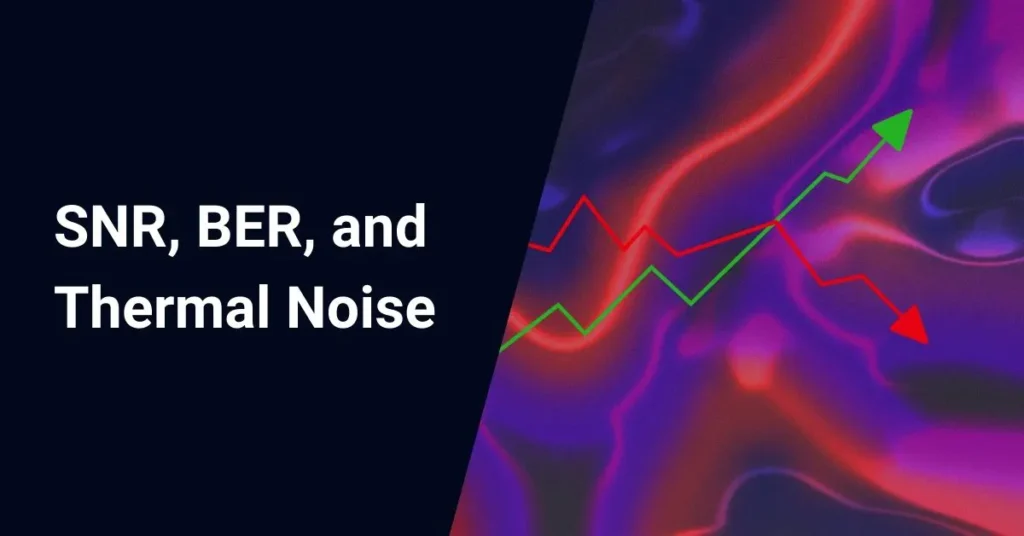This calculator is designed to help you easily convert decibels (dB) to their corresponding percentage values. Decibels are a logarithmic unit used to measure the ratio of two values, often used to quantify the intensity or level of various physical quantities, such as sound, power, or voltage.
The calculator provides the following functionalities:
- Input: You can enter a decibel (dB) value in the “Decibels (dB)” input field.
- Output: The calculator will instantly display the following values:
- Percentage (%): The percentage equivalent of the input decibel value, calculated using the formula: Percentage = 10^(dB/10) * 100
- Multiplier: The multiplier value which represents the ratio of the input decibel value to a reference level.
- Gain (%): The gain percentage, which represents the relative increase or decrease in the input value compared to the reference level.
The formula used by the calculator is:
Percentage = 10^(dB/10) * 100
This formula is derived from the definition of decibels, which states that a change of 1 dB corresponds to a change in the ratio of two values by a factor of 10^(1/10) = 1.259 (approximately 25.9%).
By using this calculator, you can quickly and easily convert decibel values to their corresponding percentage representations, which can be useful in a wide range of applications and fields, such as:
- Telecommunications: Signal strength is often measured in dBm (decibel-milliwatts). Converting dBm changes to percentages helps network engineers understand the relative change in signal strength, which is crucial for maintaining connection quality.
- Audio Engineering: In audio, dB is used to express sound pressure level (SPL). Converting dB changes to percentages helps gauge the perceived loudness difference. A 3 dB increase, for instance, might translate to a 99.5% increase in perceived loudness, which is a significant jump for human hearing.
- Acoustics: In architectural acoustics, dB is used to measure noise levels. Converting dB changes to percentages helps evaluate the effectiveness of noise reduction measures. A 5 dB reduction, for instance, might translate to a perceived loudness decrease of around 50%, which is a noticeable improvement.
- Physiology: dB can be used to represent changes in physiological parameters like muscle force or blood flow. Converting dB changes to percentages helps understand the relative change in these parameters, which can be valuable in exercise science or medical research.
The calculator includes a “Reset” button, which allows you to clear the input and output fields and start a new calculation.
Overall, this Decibel Percentage Calculator provides a handy tool for converting between these two common units of measurement, helping you better comprehend and work with decibel-based data and information.




